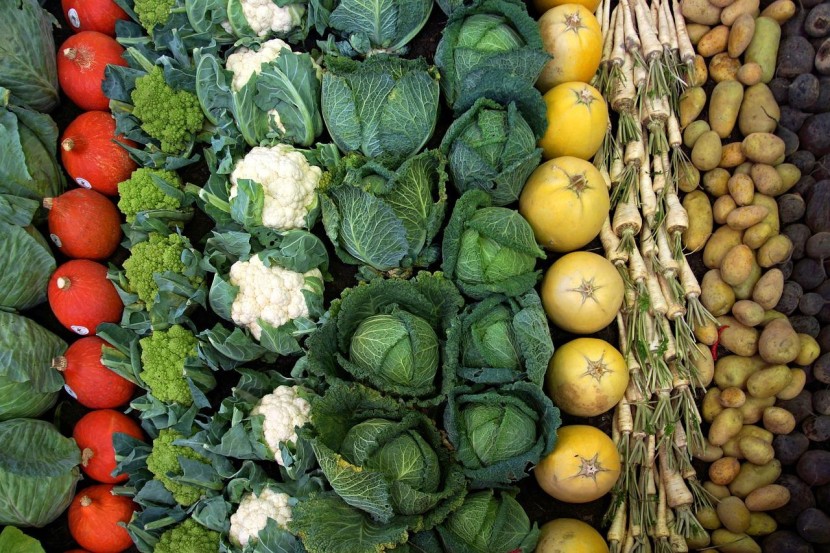
Kale becomes more and more popular outside Holland, where it is eaten for years. Especially in wintertime. Other European countries and America are also into kale now. It is a superfood.
Going to school every day on a bike, with heavy schooltas over your shoulder can be hard. Cycling through rough weather is even more hard work. Dutch children have to be in good shape for that. Maybe eating kale is part of the healthy conditions they are in.
It contains a lot of vitamins
Also BBCgoodfood says the leafy green vegetable kale is very healthy. You buy it whole, with big leaves on it, or pre-chopped. The last variation is easier to carry with you in your Kapten and Son rugzak or a Ted baker bag (translated to Dutch: Ted baker tas).
Kale has 33 calories per hundred grams. It contains water, protein, carbohydrate, fiber and only 1,6 grams fat per hundred gram kale. It's called a superfood for it. There are also a lot of vitamins B, C and E in kale. These are important antioxidants needed to help support the immune system. It is most well-known as being a very good source of vitamin K which we need to help wounds heal properly.
Supports the immune system
As for minerals, kale contains most of the everyday minerals we need, including potassium, which supports effective heart function; calcium, for strong bones and teeth; magnesium, for good hormone health, and selenium, which supports the immune system.
Steam it or mix it with potatoes
To keep the vitamins in it, it is the best way to steam kale. Roasting is also a great idea. In Holland people eat kale in wintertime combined with mashed potatoes and sausages. They boil the kale in not to much water and mix it with boiled potatoes. It is called: boerenkool in Dutch!
As a superfood there are more products made out of kale like chips, pesto and soup. So if you want to eat a healthy vegetable, you should try to make something with kale in it.
© 2025 HNGN, All rights reserved. Do not reproduce without permission.








